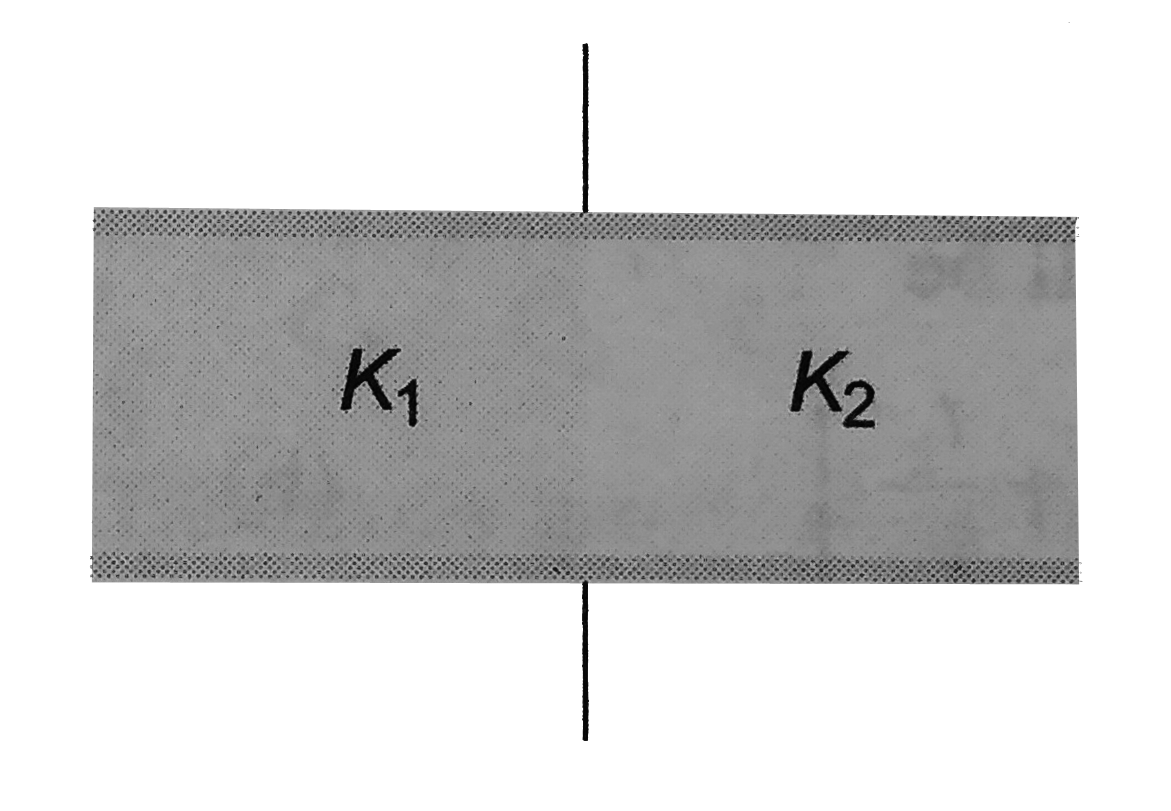A
B
C
D
Text Solution
Verified by Experts
The correct Answer is:
Topper's Solved these Questions
ELECTRIC POTENTIAL & CAPACITANCE
A2Z|Exercise Assertion Reason|8 VideosELECTRIC POTENTIAL & CAPACITANCE
A2Z|Exercise Section D - Chapter End Test|29 VideosELECTRIC POTENTIAL & CAPACITANCE
A2Z|Exercise AIPMTNEET Questions|38 VideosELECTRIC CHARGE, FIELD & FLUX
A2Z|Exercise Section D - Chapter End Test|29 VideosELECTROMAGNETIC INDUCTION
A2Z|Exercise Section D - Chapter End Test|30 Videos
Similar Questions
Explore conceptually related problems
A2Z-ELECTRIC POTENTIAL & CAPACITANCE-AIIMS Questions
- A parallel plate condenser is filled with two dielectrics as shown. Ar...
Text Solution
|
- What is electric flux assoacited with one of faces of the cube, when a...
Text Solution
|
- In the given figure the capacitors C(1), C(3), C(4),C(5) have a capaci...
Text Solution
|
- A proton is about 1840 times heavier than an electron. When it is acce...
Text Solution
|
- A 40 muF capacitor in a defibrillator is charged to 3000 V. The energy...
Text Solution
|
- Equipotential surfaces associated with an electric field which is incr...
Text Solution
|
- Two parallel large thin metal sheets have equal surface charge densiti...
Text Solution
|
- Five capacitors, each of capacitance value C are connecteed as shown i...
Text Solution
|
- A parallel plate capacitor of capacitance C is connected to a battery ...
Text Solution
|
- The plates of a parallel plate capacitor are charged up to 100 v. Now,...
Text Solution
|
- Three plates A, B, C each of area 50 cm^(2) have separation 3 mm betwe...
Text Solution
|
- To form a composite 16 muF, 1000 V capacitor from a supply of identica...
Text Solution
|
- Two point charges +q and -q are held fixed at (-d,o) and (d,0) respect...
Text Solution
|
- Three plates of common surface area A are connected as shown. The effe...
Text Solution
|
- Three capacitors 2, 3 and 6 mF are joined in series with each other. W...
Text Solution
|
- In three capacitors C(1),C(2), and C(3), are joined to a battery, With...
Text Solution
|
- Between the plates of a parallel plate condenser, a plate of thickness...
Text Solution
|
- The capacity of a parallel plate condenser is 10 muF without dielectri...
Text Solution
|
- parallel plate capacitor has capacitance C when no dielectric between ...
Text Solution
|
- A parallel plate capacitor of 1 muF capacity is discharging thorugh a ...
Text Solution
|
